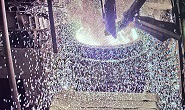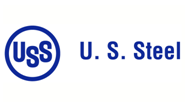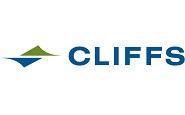Market Segment

May 5, 2022
ArcelorMittal Mulling 2nd 1.5M tpy EAF for Calvert
Written by Michael Cowden
ArcelorMittal is considering adding a second electric arc furnace (EAF) to its AM/NS Calvert joint venture in Alabama.
The Luxembourg-based steelmaker said the potential second EAF, which is “being studied” now, would have capacity of 1.5 million metric tons per year (tpy).
![]()
That’s according to information released along with first quarter earnings data on Thursday, May 5. (See page 9 here.)
That would bring total EAF capacity at Calvert to 3 million tpy. Recall that ArcelorMittal has already announced plans to add one EAF with capacity of 1.5 million tpy.
SMU has updated its new capacity table to reflect the latest news.
The addition of a second EAF has long been rumored. This is the first public acknowledgement of it that SMU is aware of.
The news about a potential second EAF at follows a strong first quarter for Calvert, a 50/50 joint venture between ArcelorMittal and Japanese steelmaker Nippon Steel.
Calvert recorded earnings before interest, taxes, depreciation, and amortization (EBITDA) of $327 million in the first quarter of 2022, up 21% from EBITDA of $270 million in the fourth quarter and more than double EBITDA of $154 million in the first quarter of 2021.
Shipments were also higher. But the gains weren’t as pronounced.
Calvert shipped 1.17 million tons in the first quarter of this year, up ~11% from 1.05 million tons in the fourth quarter and up ~3% from 1.14 million tons in the first quarter of last year.
The big quarter-over-quarter shipment gains came from better automotive demand and from non-automotive demand rebounding after a weak fourth quarter, ArcelorMittal said.
Calvert, purchased in 2014 from German steelmaker ThyssenKrupp, has annual capacity of 5.3 million tons per year of flat-rolled products. It sports a hot strip mill, a cold rolling mill, and three hot-dip galvanizing lines.
What it lacks is melt capacity. The facility currently relies on slabs sourced from other ArcelorMittal facilities or third parties,
Adding melt capacity is important because the US is expanding melted-and-poured requirements not only for federal infrastructure work but also in trade agreements such USMCA as well as in tariff-rate quota (TRQ) deals negotiated with the EU, Japan and the UK.
Michael Cowden, Michael@SteelMarketUpdate.com







